Tiny Life Guide To Homestead Gardens
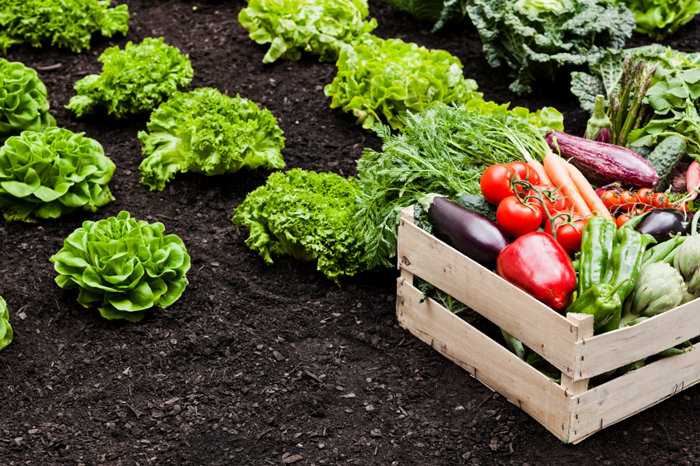
The tiny home concept provides a number of key benefits, including affordability and flexibility. Many dwellers find mobility of the homes interesting. However, homeowners looking to grow their own vegetables will be faced by considerable space issues. For this reason, it becomes vital to consider non-traditional gardening methods to maximize usage of the available space. The following is an in depth “how to” article about homestead gardens.
Gardening can provide a practical way to save money or decorate the yard. Hence, it is crucial to find creative ways to utilize the available piece of land. Some vegetables flourish when grown as part of container gardening. These vegetables include radishes, tomatoes, lettuce, bush beans and spinach. This enables tiny home dwellers to take advantage of the small spaces.
Setting Up a Garden
A good design is vital when it comes to maximizing garden space. It is important to plan well for the project. Many gardeners with small yards find raised beds useful when aiming to counteract the problem posed by invasive weeds. This approach also helps avoid bending down while working on the vegetables.
In addition, it eliminates the need to spend significant time hoeing and raking the weeds. Many gardeners also employ a wide variety of strategies to ensure weed-free gardening. These include cover crops mulching and companion planting.
On the other hand, you should consider the best ways to water your backyard garden. Fortunately, small homestead gardens keep the workload at a minimum even when using manual watering methods. You can use drip hoses or watering cans to ensure that your vegetables are properly hydrated. It is possible to employ additional methods that simplify the entire process.
When it comes to pest control, you can prioritize your efforts on plants that are more vulnerable to pests. These include cauliflower, cabbages and broccoli. Moths and aphids can invade your garden and destroy plants if you do not implement preemptive pest control measures. Placing row covers over your plants is one of the most effective ways to provide adequate protection from the threat posed by pests. The covers provide a practical way to prevent the pests from laying eggs on plants.
The Best Soil for Gardening
Choosing the best soil for your gardening project is a key aspect that must not be neglected. A potting mix should have the ideal properties to help plants flourish. The right composition can allow the retention of moisture without flooding the plants.
You should opt for various organic materials like sphagnum moss, peat moss and coir. They are known to bind to water and key nutrients, thus maximize growth. On the other hand, good potting soil allows plants to thrive by promoting drainage, which keeps roots aerated. In the ground, roots benefit from the depth of the soil to ensure optimal drainage.
Make an effort to include mineral aggregates like perlite, sand, calcined clay or vermiculite. Some of the aggregates, including vermiculite and perlite are naturally filled with air.
Perlite does not degrade with time, which enables it to retain its aerating properties even if you compress the potting mix. For its part, vermiculite helps retain key nutrients and boosts the magnesium and potassium content of the mix. To counterbalance the acidity of organic materials like peat moss, consider adding lime and fertilizer to the potting mix.
Easiest Vegetables and Fruit to Grow
To make the most of homestead gardens, you should select vegetables and fruit that are easy to grow. These include lettuce, green onions, carrots, raspberries, strawberries and figs. Strawberries are known to thrive in hanging baskets, window boxes and containers. This versatility makes them ideal for tiny home gardens.
Lettuce is a vegetable that matures relatively faster and flourishes in different types of environments. With additional protection from the elements, lettuce can be grown throughout the year. Carrots are another viable option that grows quickly under the right conditions. You should keep the soil free of weeds using mulching or shallow cultivation. Carrots need adequate moisture during the early stages, which should be gradually reduced as the roots mature to prevent cracking.
Raspberries require minimal maintenance and they can be grown in clumps and containers. Meanwhile, blueberries flourish in acid (ericaceous) soil that is available in garden centers.
Onions require a small space in your tiny home garden. They can grow quickly in a pot or box and tend to thrive during cool seasons. It is important to provide sufficient moisture to boost the formation of good bulbs.
Check out our 7 Easiest Vegetables To Grow In Your Garden for more information!
Must-Have Garden Tools
You need a wide variety of gardening tools, including trowels, hand pruners and garden forks to lighten the workload.
A hand trowel is useful for digging into the soil and a well-designed unit can minimize hand and wrist fatigue.
You should consider buying a trowel with inch markings to ensure accuracy when it comes to planting depth.
Pruners allow you to handle deadheading and the pruning of perennials with ease.
Top 5 Rototillers You Can Purchase On Amazon Right Now!
Gardening is a task that shouldn’t be taken lightly. It takes years of practice, and polishing of skills to become a true gardener.
This was one skill I needed to sharpen, especially making the move to a tiny house on 40 acres in south Florida.
I have recently started the planning and designs for my garden…(Videos soon to come) and thought I would share with you the equipment I use, and some of the other options you have when it comes to quality garden equipment.
In this part, I’ll breakdown some of the most commonly purchased, and reviewed rototillers on Amazon. Continue reading to learn more about each tool, read reviews, or purchase any one of these quality tillers!
Sun Joe 16 Inch Electric Rototiller
If you are looking for the easiest way to create the perfect seedbed, then this is the tool for you! The Sun Joe electric rototiller is a lifesaver if you need to turn up dirt for your garden bed.
This particular model has a 12 amp motor and can reach around 340 RPMs. This machine will slice through the dirt easily, with a span of 16 inches wide, and 8 inches deep.
I recently purchased this product, and it works awesome! I decided on electric, only because my garden is very close to an outlet, and to be honest, I already have too many gas tools, so I figured I would change it up.
The electric start beats pulling a cord, believe me! If you want to learn more about the specs, read customer reviews, or purchase this product, follow the link below!
Sun Joe 16 Inch Electric Rototiller On Amazon!
Earthwise 11 Inch Electric Rototiller
The 11 Inch tiller by Earthwise, is one of the most recommended rototillers on Amazon right now! This product is designed to make your life easier when setting up your new or existing garden.
With 4 different settings to adjust your width, this versatile machine will tackle any of your dirt turning needs.
This tiller costs about $120 bucks, but has a ton of great reviews, and is relatively cheap compared to some of the other tillers on the market! To learn more about this product, or to read customer reviews, follow the link below!
Earthwise 11 Inch Electric Rototiller On Amazon!
EarthQuake Versa Gas Rototiller
If running your tiller off of electricity is something you are trying to avoid, then gas powered is the way to go. The EarthQuake Versa is perfectly built to tackle any garden job.
It’s versatility, and easy maneuverability makes this tiller one of the best buys for the price. The EarthQuake tiller will cost around $300, and till depths up to 11 inches.
Not only is this one of the more recommended gas tillers on Amazon, it also comes with a 5 year warranty! To learn more about this tiller and to read customer input, follow the link below!
EarthQuake Gas Rototiller On Amazon!
Shiller Grounds Mantis Gas Rototiller Powered By Honda
The Mantis could possibly be the most durable and dependable tiller you can find on amazon right now. This 4-cycle rototiller is built for the toughest garden jobs, and requires no mixed fuel, just regular gas!
The lightweight design allows for easy maneuverability, and it’s power can easily tackle any sized garden. If you are looking for a high quality gas rototiller, then take a closer look at The Mantis by Honda.
To learn more about this product, or to read reviews from the many satisfied customers, follow the link below to start gardening the easy way!
The Mantis Gas Rototiller On Amazon!
Troy-Bilt Electric Rototiller
The 6 Amp Troy Bilt electric cultivator has a simple design, but manages to be reliable year after year. This tiller has adjustable settings for tilling width (6 – 9 inches) and a tilling depth of 5 inches.
This electric rototiller is the perfect tool for anyone looking to make their gardening much easier this year. This tool will run you about $320.00, and comes with a 2 year warranty. To learn more about this product, or to read the customer reviews, follow the link below!
Troy-Bilt Electric Rototiller On Amazon!
Fencing Your Garden
To choose the right fence for your small garden, you need to evaluate your specific needs. Some of the available fencing options include closeboard fencing, trellis, palisade and overlap fencing.
In addition, you should pick the ideal posts from two options: concrete and wooden posts. My garden is going to need some heavy duty fencing to keep the cows away. I’ll post pictures and videos below as I build my garden!
Growing Without a Large Plot of Land
You can employ a wide variety of planting methods to leverage the available space. Some of the popular gardening methods used by tiny home dwellers include:
Square foot gardening
Garden towers
Container gardening
Vertical gardening with pallets
Gutter gardening
Window gardening
Sprouting
Growing Your Own Animal Feed
Growing a significant portion of animal feed is a practical option that can translate to cost savings. You can feed the animals lawn clippings, bolted lettuce, pea vines and corn stalks. Some animals like goats, chickens, pigs and sheep can consume carrots, corn, beet, cucumber, lettuce and fruit.
Summary
It is common for people to become discouraged by the lack of adequate space. Thankfully, tiny home dwellers can start gardening projects without the need for acres of land. The undertaking requires a good set of tools to keep the plants growing well.
Though creating a thriving, successful homestead garden does require education and hard work, reaping the fruit of your labor will be well worth it.

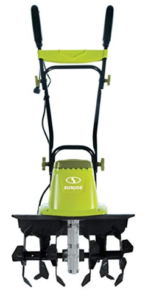
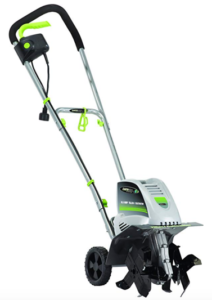
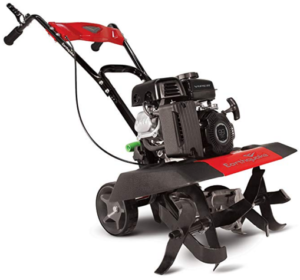
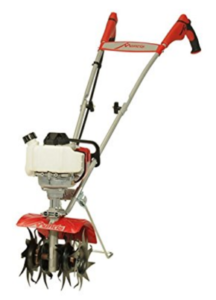
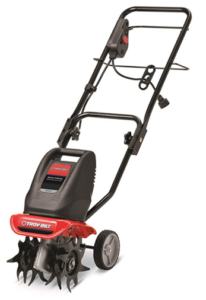
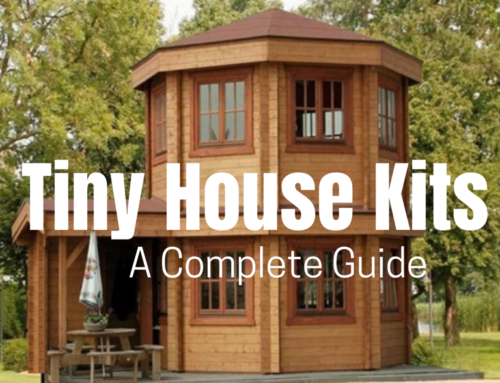


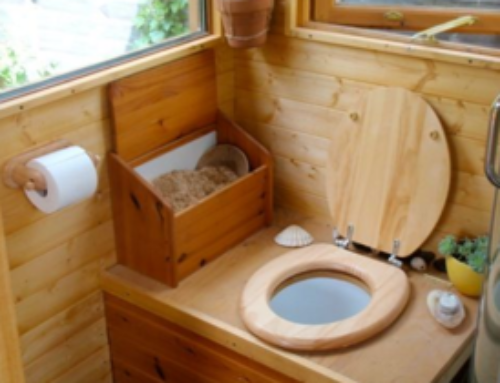

Leave A Comment